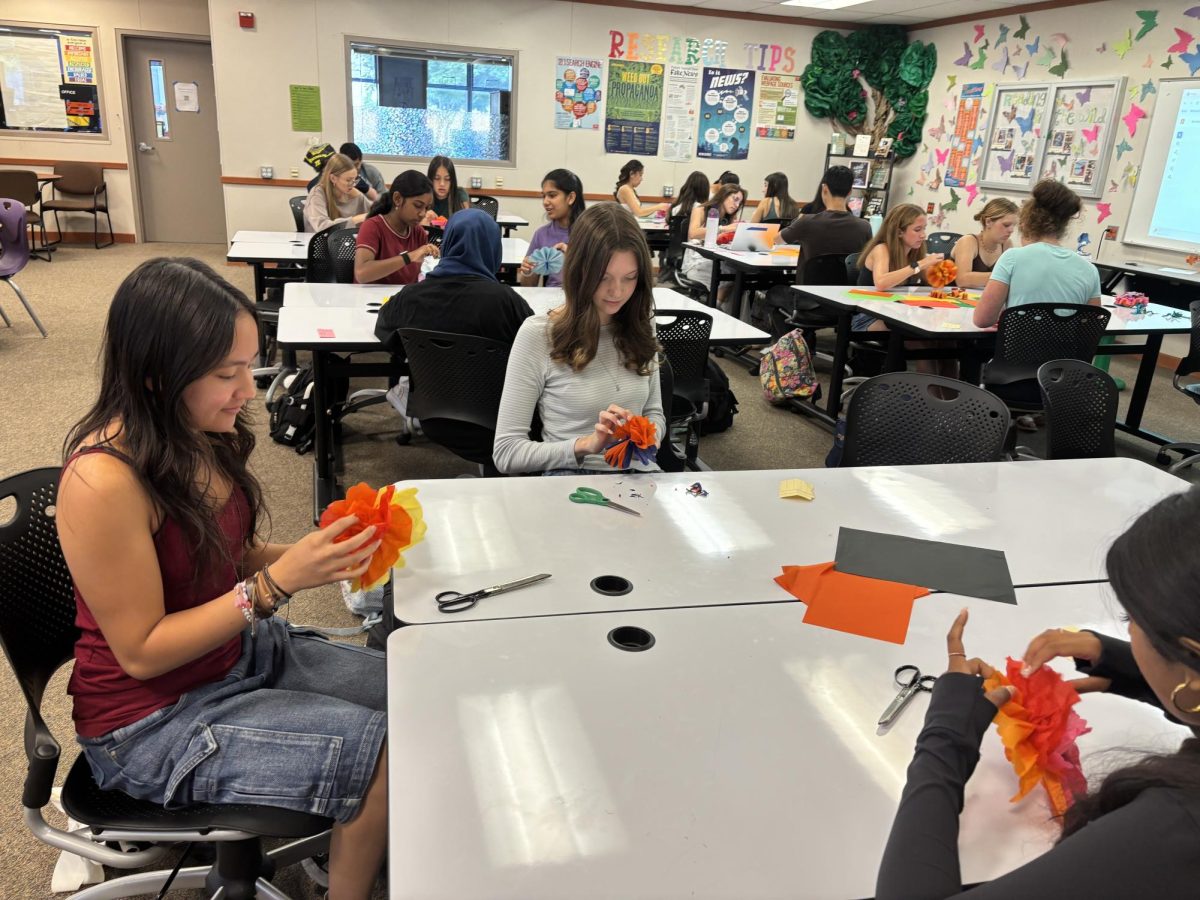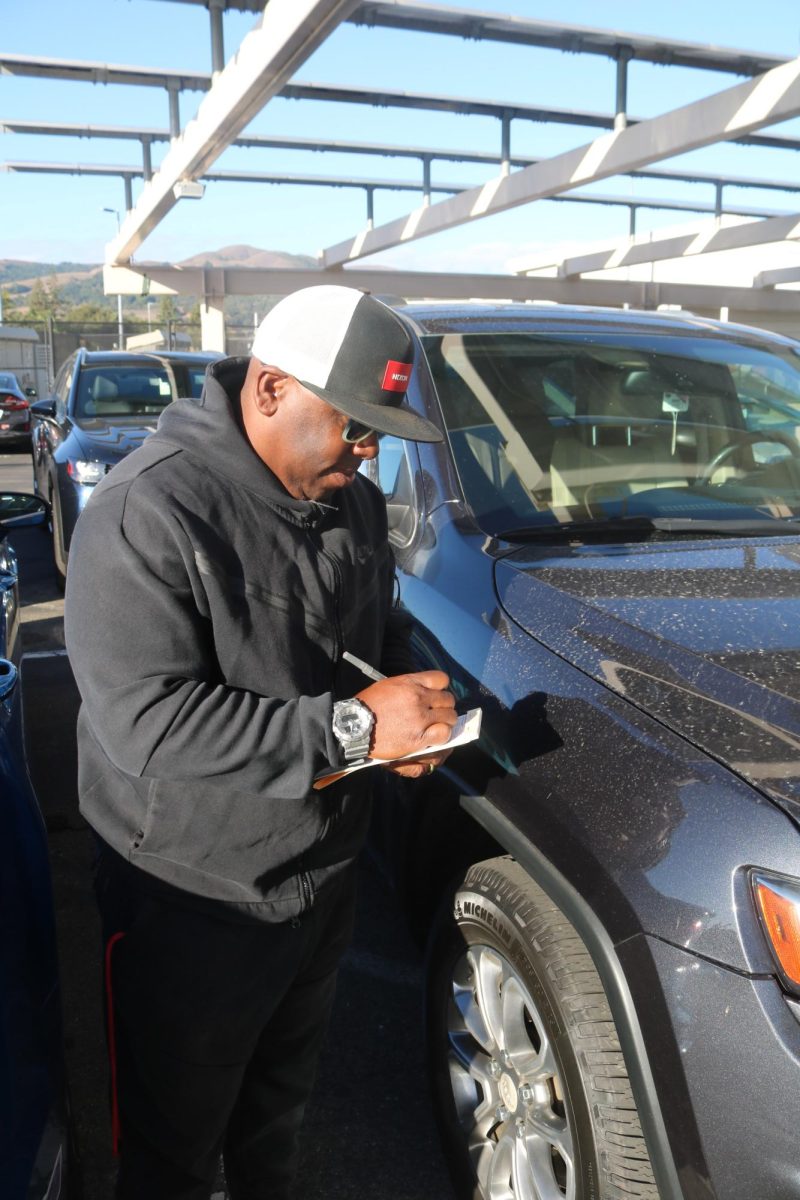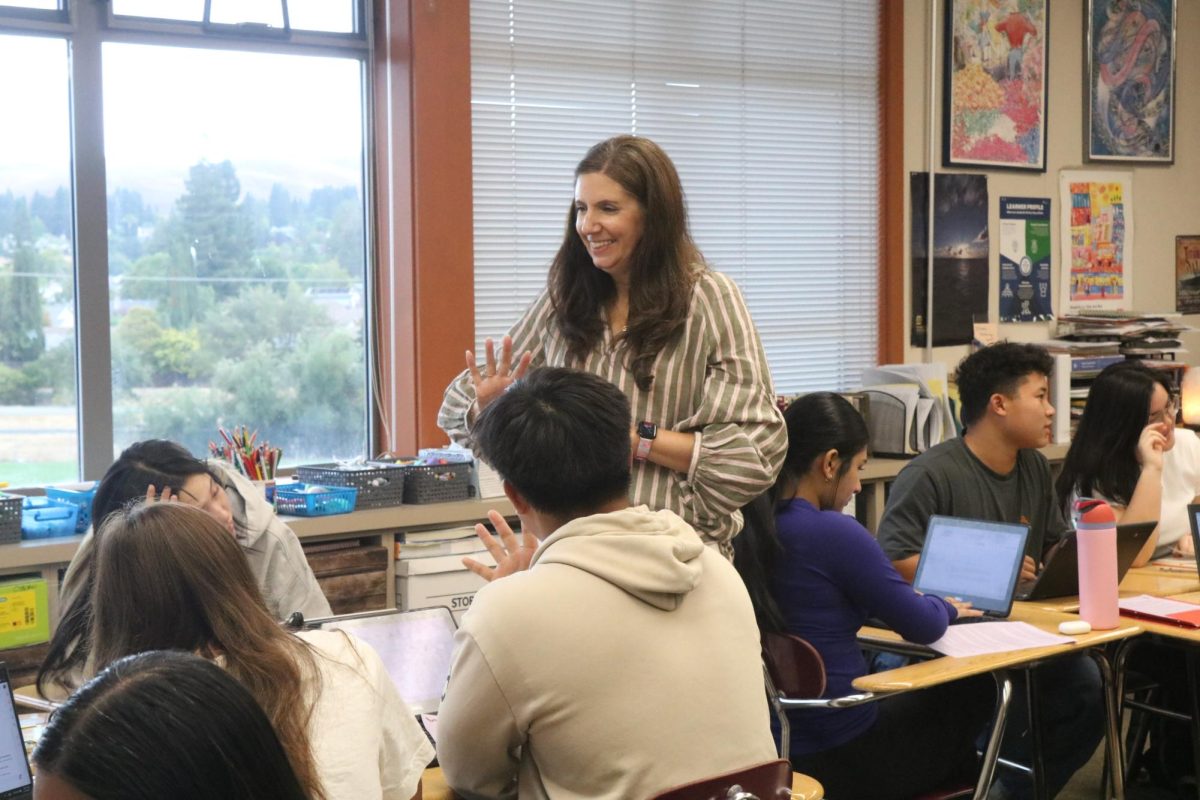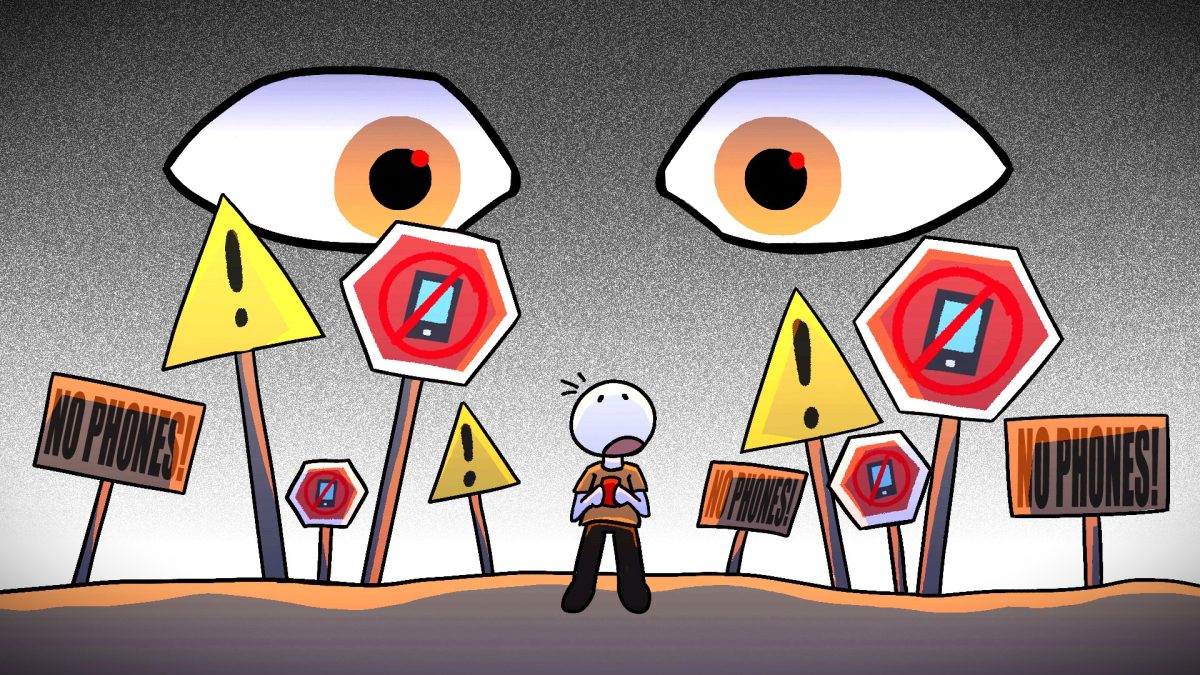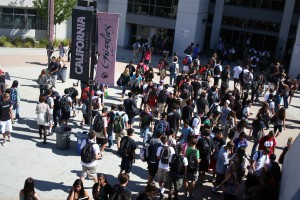
Shalini Nair and Joshua Gu
Staff Writers
The largest school in the district keeps growing.
With 2,561 students, Cal High’s enrollment is the largest in school history.
The only other time Cal boasted more than 2,500 students was in 2006-07, the school year before Dougherty Valley opened. Last year, Cal finished the school year with 2,434 students.
With more than 100 additional students on campus, the effect on the school has been very noticeable.
“Everything is more crowded,” said senior Brian Cox, who believes the overcrowding is detrimental. “It’s one of those things where you have to be looking for it to notice it, but once you do, you start to see and feel all the effects.”
Principal Mark Corti said the school is designed for approximately 2,400 students, but it can accommodate more by utilizing empty classrooms during teacher prep periods.
But the recent spike in student population has put the system under a lot of stress because it isn’t designed to handle this many students, Brian said.
The biggest problems students are facing because of the larger student population are scheduling conflicts and individualized time with teachers because of larger class sizes.
“My schedule was changed in the second week of school because there were too many students in certain classes, so new classes were added to accommodate all the students,” said senior Taylor Kan. “It was kind of frustrating to have everything set and then everything changed again.”
Another effect of a larger student body is the increase in student-to-teacher ratios.
Corti said this year the student-to-teacher ratio varies from class to class. He said some have increased while others have actually decreased.
Overall, enrollment figures show the student-to-teacher ratio has increased to an average of 32:1, up from 30:1 last year.
But students and teachers alike feel class sizes have generally increased, and very few, if any, have decreased.
“This year my classes have become more crowded, so it’s harder for people to participate and we have less time to talk to teachers individually,” said sophomore Richard Um.
Other students also feel teachers and students don’t get as much one-on-one time with each other.
“Relationships between teachers and students are much less intimate because there are more people teachers need to familiarize themselves with,” said senior Peter Heath.
The increase in the size of the student body also means many teachers will have to work much harder this year than they did in previous years.
In Jean Dillman’s AP Calculus classes, the student-to-teacher ratio increased from 40:1 to 44:1 this year. Multiply this increase by five classes and this equals 20 more students.
English teacher Stacey Quick said teachers must now put in much more effort in maintaining an active in-class discussion due to the greater number of students.
Ironically, she said, the more students in a class, the less likely some are to participate, as they can be intimidated.
“I’ve found that it’s difficult to discuss things, because some students get lost in the crowd,” said Quick.
But a larger student population also has benefits.
“I personally like it because it gives us some good versatility in our sports,” said junior Michael DiDio. “It also gives us more people to come to games.”
Some students feel with more students, Cal has greater diversity and a larger talent pool.
“With a larger student body, there are always new people to meet, and more ideas that can be beneficial to the entire student body,” said Peter.
Principal Mark Corti said more students enrolled at Cal has resulted in the creation of a greater number of programs.
Despite the increased paperwork that comes along with the increased student body, the administration has been running smoothly since the start of the year.
“This is the best start to the beginning of the year I’ve had in my thirteen years of working at Cal High,” said Corti.
Students have also been adapting to the change well.
“I like it (the change) because I can meet more people,” added junior Zach Chen.

